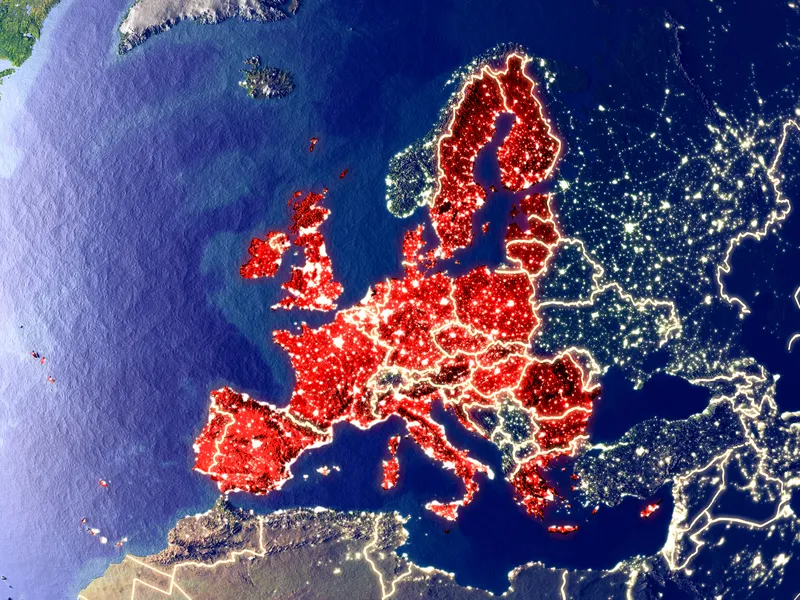
Are you a city? Do you want to be Ertico's new host city? Then you have until 30 June to apply.
Ertico has opened its Call for Tender to host the next two ITS European Congresses (in 2025 and 2026) and the next ITS World Congress (EMEA region) in 2027.
"Every host city has felt the long-term positive economic impact on their region’s business and the benefits of being recognised as a key player in the smart mobility landscape,’ says Lisa Boch-Andersen, director of communication, congresses and events at Ertico – ITS Europe.
An application to host an ITS Congress involves a two-stage selection process:
- Evaluation of an Expression of Interest, including confirmation of minimum requirements
- Evaluation of the full bid document
Interested parties must download and fill in a Checklist and return it to Ertico.
Expressions of Interest need to be put forward by a city or a similar public authority; this should be the same entity which will submit the full bid application in the second stage.
To be considered for the second stage of selection please send your Expression of Interest with the completed Checklist to Delphine Soubies at [email protected] by Monday 20 June 2022.
Ertico will send an email confirming receipt of the Expressions of Interest with the Checklist. The retained candidates will receive the official Call for Tender mid-July 2022 and will have until mid-November 2022 to send the full bid document to Ertico. Those not retained will be informed mid-July.
The second stage - the official Call for Tender - includes complete guidelines and task descriptions for organising the event as well as information on past Congresses in order to provide a comprehensive bid book based on the requirements.
Ertico points out that bid documents will be expected to include support letters from the government, the leading industry and organisations of the host country and local ITS national associations.
Intention letters of potential sponsors are also considered as an essential part of the bidding application. Tender submissions not supported by supporting letters will not be deemed valid by the Selection Committee.









